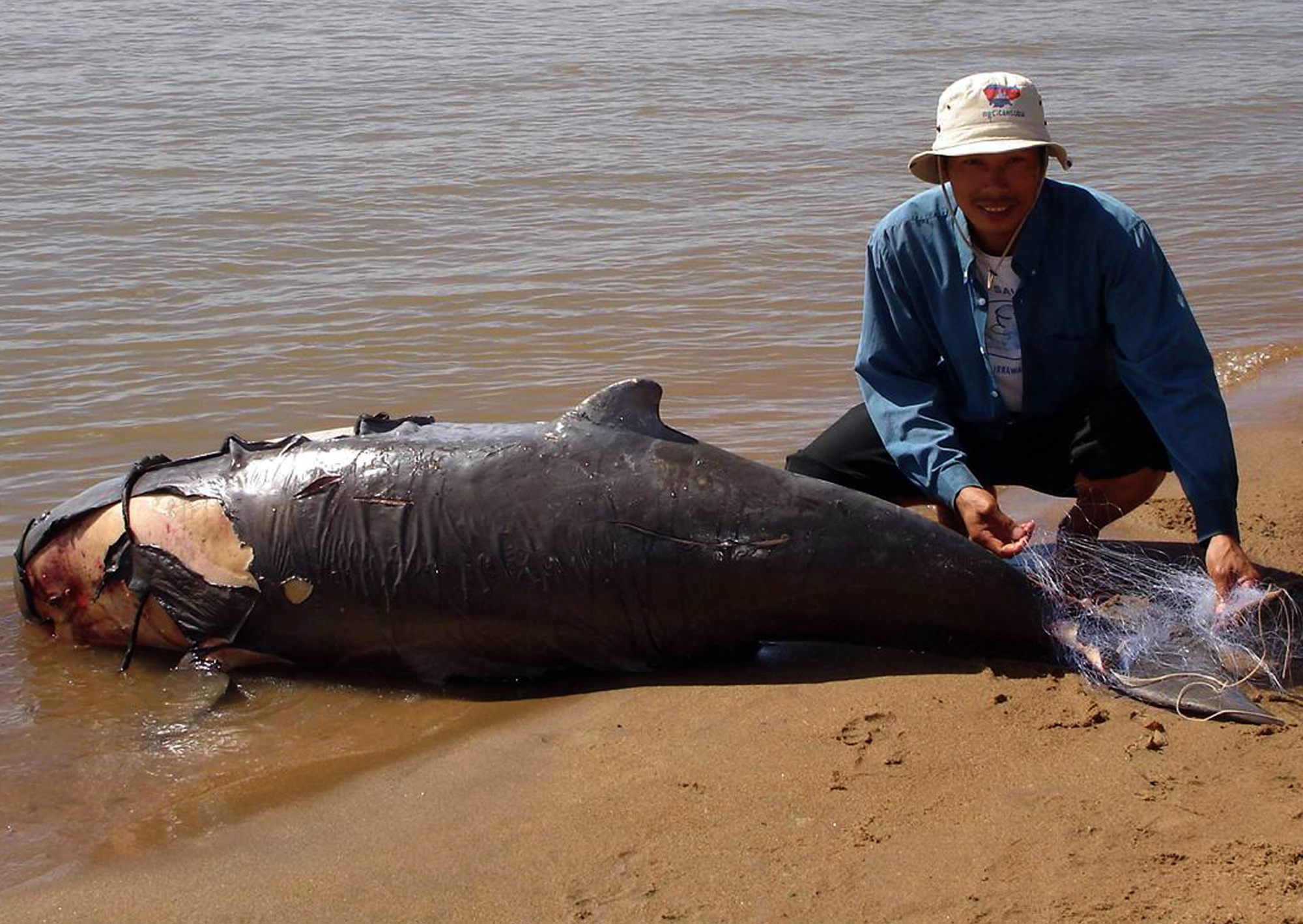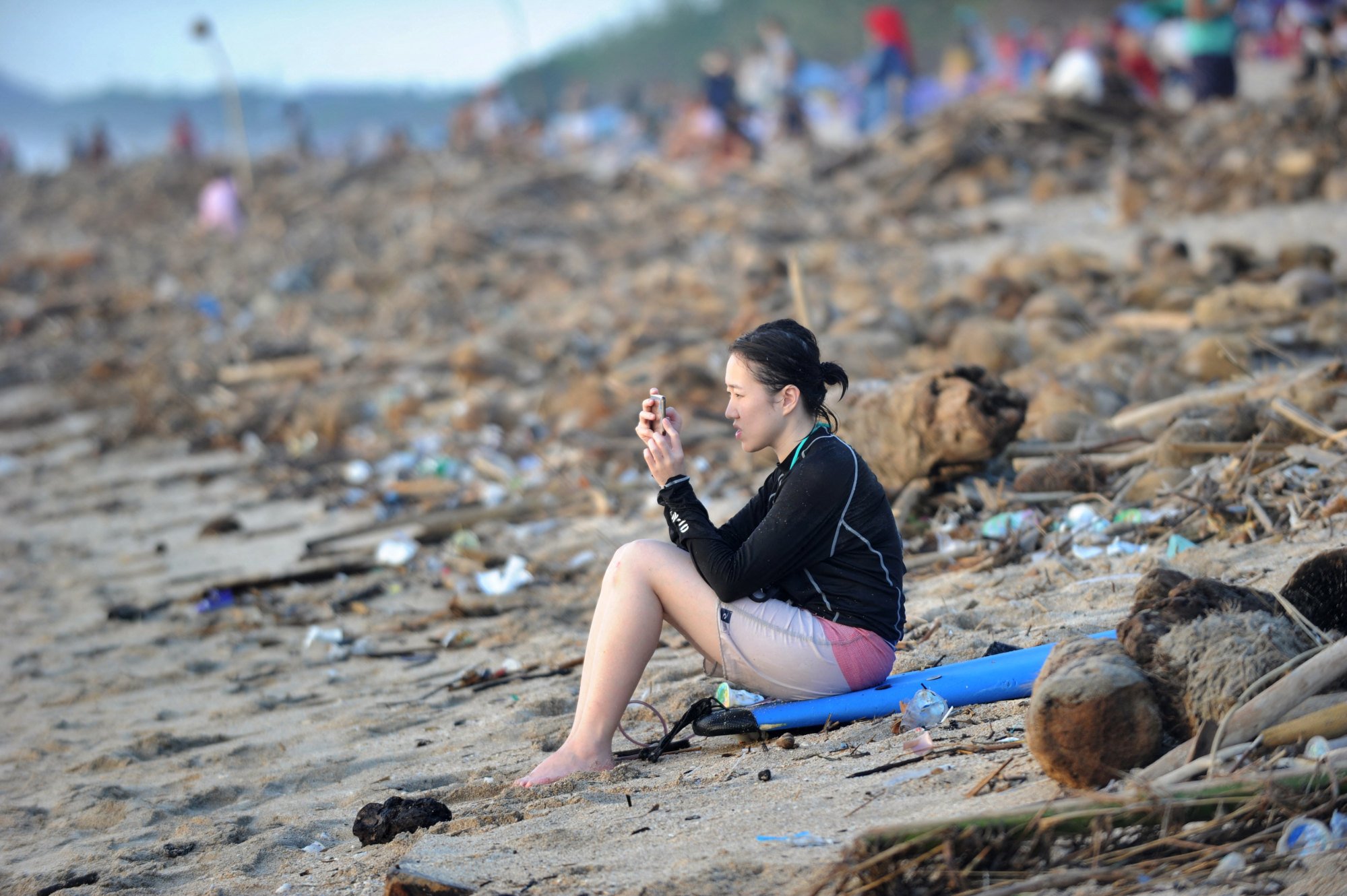
Why proposed Irrawaddy dolphin festival in Cambodian commune is too late – the local population has been wiped out already
- Two years after their last Irrawaddy dolphin was found dead, members of a Cambodian commune are discussing launching a festival reflecting the animals’ value
- The event aims to help tourism recover in the area after the dolphins’ disappearance, but we suggest it might all be too little, too late
We humans don’t care much about individual animals, do we!
We begin to show a bit of concern only when species are threatened with extinction. Then we start to put some effort into saving the few that remain. But this is primarily for our own benefit, not theirs.
Tiger X, Orangutan Y or Dugong Z would not have been so loved if they had been born in earlier times. The last of their kind they may be, but we value them primarily because they represent a disappearing opportunity – to either ward off yet more loss to the planetary biodiversity we know is good for us or to benefit more directly.
Angkor Wat alternative Koh Ker has ‘magnificent’ temples without the crowds
And so to Anlong Chheuteal, in northern Cambodia, where villagers are coming to terms with the passing of their resident Irrawaddy dolphins – and the tourism boon they represented.
“Two years after the last Irrawaddy dolphin was found dead in a transboundary pool in the Mekong River on the Cambodia-Laos border, the villagers who once relied on the dolphins to attract ecotourists have a new plan to get visitors to return,” reports the Mekong Eye.

In 2007, Anlong Chheuteal’s stretch of the Mekong was home to eight dolphins. By 2018, that number had fallen to three, the others killed off by gill nets, other destructive fishing practices and the disruption of the river’s flow by a new hydropower dam.
The last, a male who had been named Phsaaot E Ka, or “the lonely dolphin”, was reported dead on February 15, 2022, having been debilitated after getting tangled in illegal fishing gear.
“The death of the last dolphin put an end to the ecotourism that had thrived in [Anlong Chheuteal’s] Preah Rumkel commune for nearly two decades,” reports the website. “Visitors once arrived daily and took dolphin-watching boat trips or camped on the sandy island in the middle of the river to see the friendly animals.
“Don Ban, the chief of Preah Rumkel commune, said his area had lost 90 per cent of its visitors. Local records show that 170 people from 250 families in the village have now migrated away, mostly driven by job and income losses from tourism.”
Cambodia defends family relocations for tourism around Angkor Wat
But all is not lost; the dolphins may be gone but they can still be exploited.
“To help tourism recover in their area, members of [the] Preah Rumkel commune have been discussing an idea and seeking support to organise an event named the Irrawaddy Dolphin Annual Festival, which would engage visitors in activities that reflected the value of dolphins and rivers, while promoting conservation efforts.”
Cambodia’s annual River Festival – a mix of food stalls, local product exhibits, performances and other entertainment that attracted 550,000 visitors to Siem Reap in March – is seen as a model for the proposed new event. Trips to the Stung Treng Ramsar flooded forest, another former home of Irrawaddy dolphins, could also be included.
Residents buried poor old Phsaaot E Ka. Now they plan to dig up his bones and showcase them in a large glass box.
“It would represent the story of his community’s loss, and the lessons learned for the next generation about the risks of neglecting natural resources and protecting them.”
Too little, too late, we’d suggest.
Bali visitor lists his least favourite tourist spots
A guy called Jonathan Levin lived in Bali for two months. Although he “really loved” his time there, he was underwhelmed by several of the more popular tourist spots. So he told all to Business Insider.
These are his lowlights; he went there so you don’t have to:
1. The Gates of Heaven
“There’s no reflecting pool [as popularised on social media], just a local holding a mirror below your phone camera to create the effect.”
2. The beaches
“Many I visited were filled with trash, which is in part due to a problem with waste management in the area.”

3. Ubud
“I’m used to being solicited when I travel, and I understand that many locals rely on tourism dollars to make a living, but I have never experienced the level of constant solicitation that I did in Ubud.”
4. The Tegallalang Rice Terraces
“They’re smaller than I expected, and full of shops, cafés, abandoned swings and props for photos. I can see why the terraces are a popular photo opportunity, but it felt more like a staged park than the place of natural beauty I expected.”
5. Canggu
“With so many shops, hotels, and resorts being developed, Canggu looked and felt nothing like the beachy village I expected it to be. It felt a bit overbuilt and I passed so much construction.”

6. The Campuhan Ridge Walk
“I walked the whole length, dodging tourists and pesky flies in the heat, waiting for some spectacular view. But there really weren’t any views of anything besides some treetops off to each side.”
Russian tourists in North Korea head for the slopes
For many ski bunnies and ski bucks, part of the appeal of their chosen pastime is mixing with like-minded souls from around the world, with many a “Ni hao”, “Hola” and “How you doin’?” flying in apres-ski – or even instead-of-ski – venues from Aspen to Zermatt.
In North Korea this winter, by contrast, it’s all been “Привет”.
The Masikryong ski resort, near the coastal town of Wonsan, has been on the itinerary for the handful of tour groups that have travelled from Russia this year – the only foreigners to have visited North Korea for pleasure since before the Covid-19 pandemic.

Some of those who have ridden Masikryong’s old Austrian-made gondolas – imported from China – have told various media about the joys of an empty mountain.
“There weren’t any people on the main slopes, which was just perfect,” Yekaterina Kolomeetsa, a travel blogger from Vladivostok, told The Guardian.
Others say they sensed hopelessness while in the country.
As Thailand rolls out the red carpet for Russians, not everyone is happy
First announced in January, the four-day tours being offered by Russian tourist agencies cost US$750, reports the British newspaper, which includes the round-trip airfare from Vladivostok to Pyongyang, a domestic flight to the ski resort and back, hotel stays and meals. At US$40, the daily ski passes are extra.
The number of Russian tourists to have visited North Korea so far this year is estimated at little over 200, but Tatyana Markova, a representative of the Vostok Intur travel agency, told The Guardian that two hiking trips are planned for the Russian holidays, in May.
Also in the article is news that “North Korea is […] building another mass ski resort for Russian tourists that will include 17 hotels, 37 guest houses and 29 shops”.
That escalated quickly!

